Your question can best be answered through the extremely simple and intuitive concepts of "dynamic resistor", "dynamic voltage divider" and "dynamic gain".
In the first figure, a "static voltage divider" R1-R2 with a transfer ratio of R1/(R1 + Rf) is connected in the negative feedback of the op-amp. The op-amp increases its output voltage (R1 + Rf)/R1 times to overcome this "disturbance"... thus transmuting into a non-inverting amplifier with a constant inverting gain of K = (R1 + Rf)/R1. So this is achieved by the mechanism of the negative feedback.
In the Wien bridge oscillator, the magnitide of the voltage oscillations at the op-amp output (simply put, Vout) has to be constant. This is achieved by an inverting gain K(-) about 3 (Rf = 2R1) by the mechanism of something like another "negative feedback" as follows.
The Rf-R1 voltage divider is made "dynamic" (self-adjusting) by replacing the "static" resistor Rf with a "composite dynamic resistor" in the second figure. Its main part is a diode acting as a "dynamic resistor" and a few ordinary "static" resistors. This arrangement acts as follows.
If Vout tries to increase its peak value, the diode begins conducting more... ie, the dynamic resistor Rfd decreases its resistance. The Rfd-R1 voltage divider increases its transfer ratio... the inverting gain K(-) decreases... and Vout decreases as well (restores its previous value).
A few years ago, I asked an RG question about this legendary circuit (and particularly, about this part of the circuit). It provoked a lively discussion which I suppose will be interesting to you.

